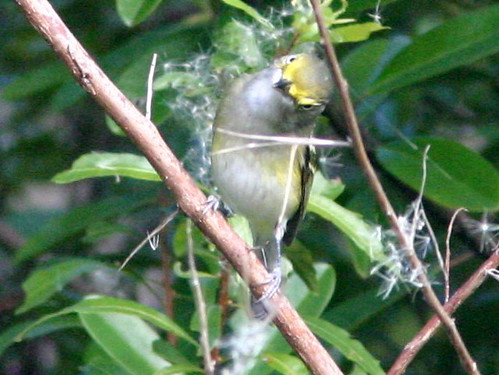Posted by: Ken @ 9:00 pm
 January 28: Flocks of up to over 100 rosy-finches of all three species are visiting Sandia Crest, New Mexico. Keep an eye on the weather and road conditions before setting out on the 13 mile climb to the top. Transmitters have been placed on some birds. Check out the links in rosyfinch.com for more information.
January 28: Flocks of up to over 100 rosy-finches of all three species are visiting Sandia Crest, New Mexico. Keep an eye on the weather and road conditions before setting out on the 13 mile climb to the top. Transmitters have been placed on some birds. Check out the links in rosyfinch.com for more information.
|
UPDATED ROSY-FINCH REPORTS
 Note: Temperature at Sandia Crest (10,678′) is usually about 11 degrees cooler than at this station in Cedar Crest (7100′). Click on icon for full Sandia Mountain weather outlook. Note: Temperature at Sandia Crest (10,678′) is usually about 11 degrees cooler than at this station in Cedar Crest (7100′). Click on icon for full Sandia Mountain weather outlook.Note from Feeder Project Coordinators
Date:January 28, 2009
From: Fran Lusso and Dave Weaver Hi Ken, Just back from the Crest - the road is clear with only an occasional icy patch from a bit of icy snow that blew through yesterday. The temperature was about 10 degrees with a strong wind - probably 30-40mph. Brisk! The log is attached.Best regards, Fran & Dave Latest Report from Rosy-Finch Banding Team: [We received the sad news that Steve Cox’s father passed away on January 24. We extend our condolences to Steve and his family. Carol Davis was in charge of the rosy-finch banding, and provided the report to Nancy. ] Date: January 25,2009 From Nancy Cox Hi all, Our crew banded only eleven Rosy-Finches today. Ten were Brown-capped and one was an interior Gray-crowned. Black Rosy-Finches were present but none were captured by the team. All three of the birds that were outfitted with transmitters last week were heard this morning. Link to updated banding spreadsheet Nancy = = = = = Date: January 18, 2009 From: Nancy & Steve Cox Hi all, Today we got to put transmitters on 3 birds (one of each species). It was very exciting and we were able to refind the Gray-crowned Rosy-Finch approximately 1/4 mile south of the Crest House around 4 p.m. The Black Rosy-Finch was west of the Crest House at 4:30 p.m. We also had the Brown-capped an hour after we banded it with a flock of Rosy-Finches near the Crest House. We newly banded 24 birds. There were 17 Brown-capped, 5 Blacks and 2 Gray-crowned (both were interiors). We had a lot of volunteers today as well as two Audubon groups from Texas (Dallas/Fort Worth and El Paso). Thanks for being so patient with the whole process. It was a nice day. The road was clear but we are hoping for snow during the week. …We had a lot of fun today with finally getting to put transmitters on the birds. We didn’t stay as long as planned but it was still a long day. They are going to try to do some more transmitter work throughout the week. Nancy & Steve Other Sightings
From NM RBA:
Bill Wittman on January 9 had a female AMERICAN THREE-TOED WOODPECKER and two GOLDEN-CROWNED KINGLETS at the Crest. John Parmeter saw the THREE-TOED on January 11 just below the trail to the Kiwanis Meadows. |
We have started a new Web page to document our Florida neighborhood “urban eagles,” now tending to one or more nestlings, the first of which hatched on January 17th:
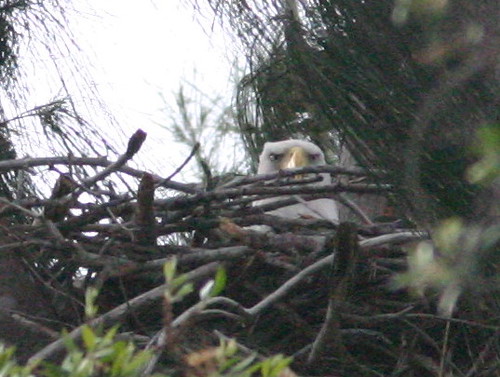
If you live in New Mexico, or have been following the links to correspondence and live Web camera views on rosyfinch.com, you are well aware that the Sandia Mountains have received significant snowfall. The sun often returns quickly after a storm, and the lower elevations dry out pretty quickly. The road up to Sandia Crest, though plowed, may be hazardous with icy patches and drifts of blowing snow, so please check the links to weather and road conditions and drive carefully.
Good flocks of all three rosy-finch species (including both the interior and coastal races of the White-crowned) have been visiting Sandia Crest since mid- November, and there has not been a single day when observers, who spent more than a few minutes there, recorded a failure to see the species at the Crest House feeders. The snow storms may have been a factor in finally bringing the rosy-finches back to the Kandahar Condominiums in Taos Ski Valley. Taos is 120 miles to the northeast of Albuquerque, and the birds usually get there earlier and remain later than at Sandia Crest. Inexplicably, the finches appeared at TSV more than a month later than at Sandia Crest.
Here in Florida, we are putting up with cool nights and daytime temperatures in the high 70s. On some morning walks, the easterly breezes feel downright cold, but instead of winter finches, we have to settle for back yard herons and Wood Storks.
Fishin’ Buddies, a Snowy Egret and a Pied-billed Grebe share a school of fish at the edge of our back lawn:
Quite a soggy little grebe: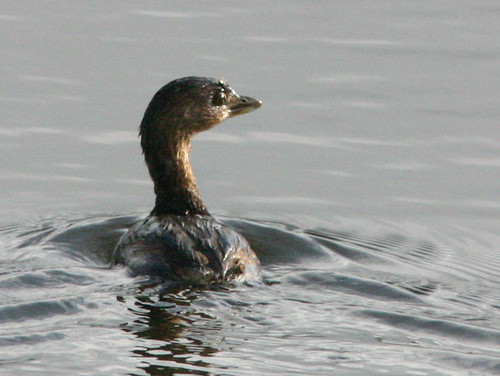
A couple of days earlier, this Tricolored Heron was also following the grebe around the lake shore: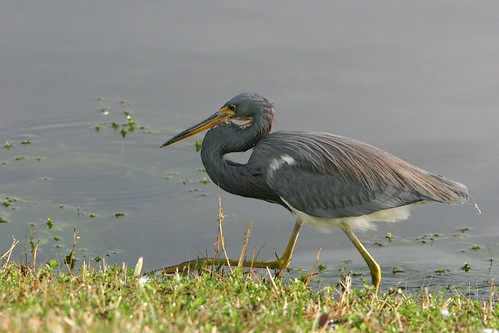
A Great Blue Heron is keeping me in view:
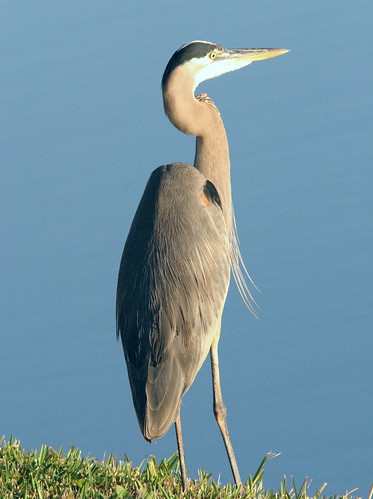
Wood Storks feeding in tandem:

I used to think that the Wood Stork shaded the water to better see its prey, but it actually fishes by touch rather than sight. Small fish are said to gather and concentrate in the shade of its outstretched wing: 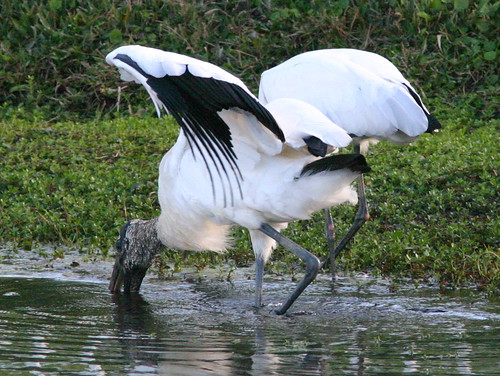
In our local patch of recovering Everglades, I encountered this White-eyed Vireo who had an attitude:
The vireo was singing loudly, but was well-hidden until it finally decided to pose for pictures: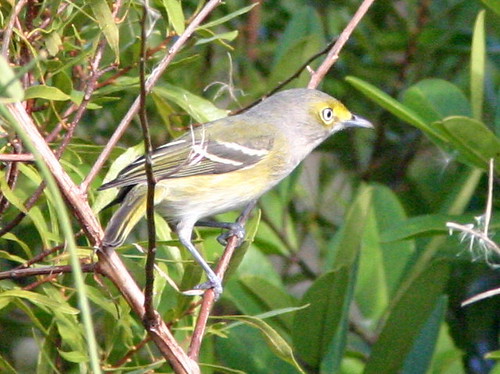
Prairie Warblers also winter in our neighborhood:
See our latest general Blog post here.













